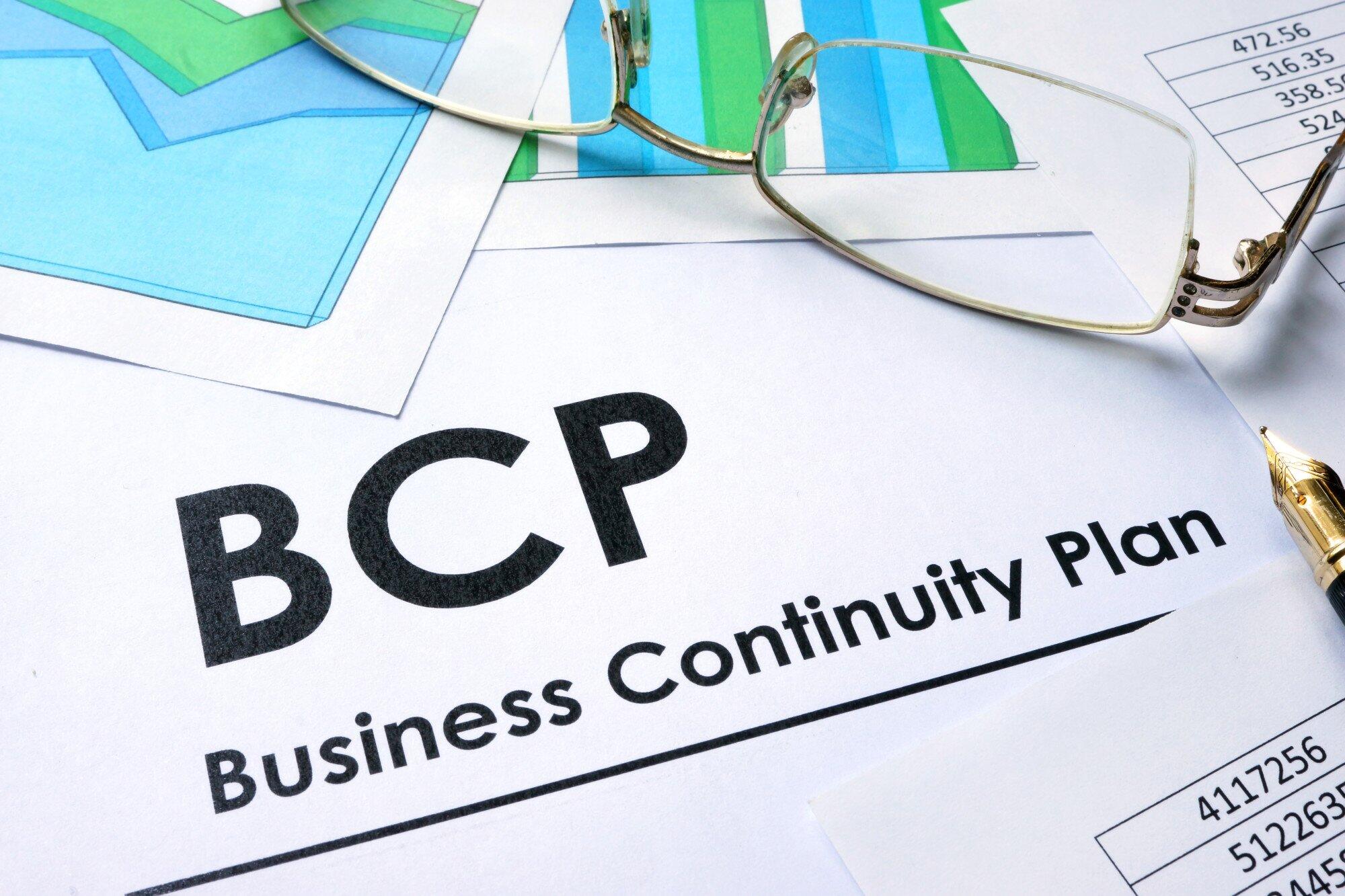
Understanding The Differences: Disaster Recovery Vs. Business Continuity
Running a business requires thinking about every possibility and preparing for disaster. Over 80 percent of companies in the US have been victims of successful hacking attempts. Having your data held for ransom can cause hours or days of downtime for your small business.
Knowing your options to prepare is beneficial. You can protect your brand and employees from the far-reaching consequences of a lack of preparation. Understanding the differences and benefits of disaster recovery vs. business continuity is an excellent place to start your journey.
Luckily, you’re in the ideal place to learn about making a business continuity plan and preparing for disaster recovery. Continue reading to protect the enterprise you’ve built today!
What Is Business Continuity?
A business continuity plan acts as an outline for your corporation. It’s a roadmap that will take you through each step of how to proceed during or after a disaster strikes your business. The best business continuity plans include a contingency plan.
The contingency plan is ideal because it describes how your operations will continue if you’re forced to move to a new location. It’s a process that also accounts for minor interruptions. Extended power outages are a top option to prepare for.
What Is Disaster Recovery?
Disaster recovery is similar to business continuity but with minor differences. Disaster recovery refers to your plans to respond to a catastrophic event. These events limit your company’s ability to function and provide service.
These disasters include natural disasters, fires, floods, cybercrime, and active shooters. Your disaster recovery plan refers to the time it takes to restore your company to a safe and secure place after these events. It’s a vital consideration when operating a company in the United States.
Similarities Between Disaster Recovery vs. Business Continuity
When forging your first plans, you’ll notice a significant overlap between disaster recovery and business continuity. It’s best to develop both plans in tandem to help them work together. Here’s a look at some of the overlaps and similarities the two concepts share.
Both options are proactive strategies to manage unforeseen events. Both options take a pre-meditated approach to managing catastrophes. The goal for both is to minimize the effects and damage caused to your business.
They’re also similar because you can use both to prepare for various ecological and human-created disasters. They’re vital to planning for pandemics, cyberattacks, wildfires, and other natural disasters.
The most significant similarity to consider is the review process. Your business continuity and disaster recovery plans can become obsolete over time. It’s crucial to add analyzing your plans to your routine.
These reviews aim to ensure your plans match your changing goals. Elect an emergency leader to check and test these goals and ensure your company is ready for anything.
Differences Between Disaster Recovery vs. Business Continuity
Despite the significant overlap, disaster recovery vs. business continuity play very different roles. You’ll need to have both plans ready to make a fair comparison between the two.
Here’s a look at the differences to account for. Use them to create disaster recovery and business
continuity plans for your brand’s protection.
1. Different Focus
The focus of the two plans is quite different. Business continuity concerns finding ways to continue business operations after disaster strikes. Disaster recovery is focused on ensuring you can restore your lost data due to the disaster.
You’ll focus more on protecting your business network and restoring data in your disaster recovery plan. To break it down further, your company’s business continuity plan is best used to keep operations rolling.
Create a plan to do so under unpredictable conditions. Your disaster recovery plan is designed to get things back to normal quickly.
2. Employee Safety Measures
Disaster recoveries stand apart from business continuity plans for their employee safety ideas. Some safety measures to introduce to your brand include fire drills and training sessions. Hire a professional trainer to demonstrate how to use the safety equipment in your office or workplace.
Use your disaster recovery plans to ensure your employees are safe when re-establishing business operations. Combine the two plans to continue helping customers and clients. It’s the best way to run your company after a disaster strikes.
3. Different Functions
The functions of the two plans also set them apart, outlining the need to create both protection plans. You can also pair your plans with business liability insurance to add another layer of protection for your small business or startup.
An effective business continuity plan is designed to limit your operational downtime. Downtime costs businesses tens of thousands of dollars. Learning to plan for issues resulting in downtime will save your company money.
A disaster recovery plan is geared toward limiting inefficient system functions. Combining the two plans will help your brand move forward with limited damage and consequences.
4. Communication Needs
Communication is crucial to help your brand talk with customers and clients. Your disaster recovery vs. business continuity technology will ensure you can communicate through phone or email after disaster strikes. The business continuity plan must include ideas to allow phones and network servers to continue operating.
Use business continuity to ensure the power stays on. Use disaster recovery to get all functions back to normal. Both play a vital role in ensuring proper communication.
5. Disaster Recovery for Business Plan
Including your disaster recovery plans within your overall business plans is a natural step. The disaster recovery process is one of the first steps toward business continuity. You’ll shield your company from disaster and severe consequences with appropriate planning despite their differences.
Create Your Company’s Business Plans Today
Preparation is vital when running a business. A disaster recovery vs. business continuity plan will ensure operations continue after a disaster or catastrophe strikes. Your business continuity plan is the best way to keep the power on. Disaster recovery plans are designed to recover your data and limit downtime.
Taking the first steps toward opening a business is intimidating, but you can make it a success with planning. Read our Business content for guidance toward covering your bases when starting a brand today!








